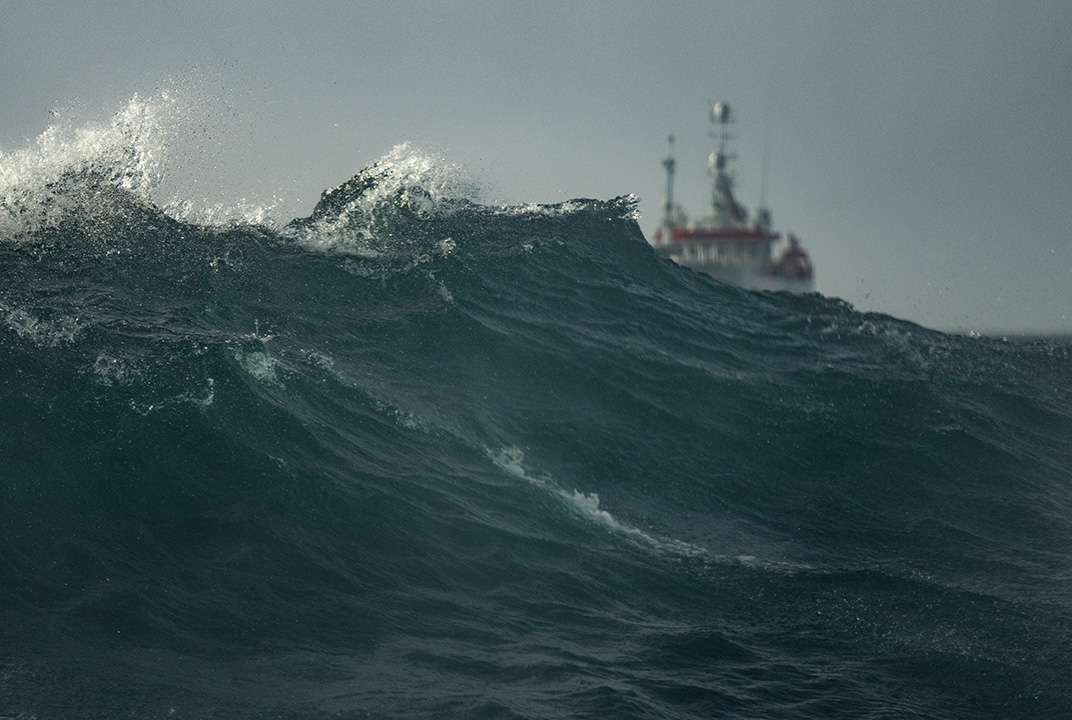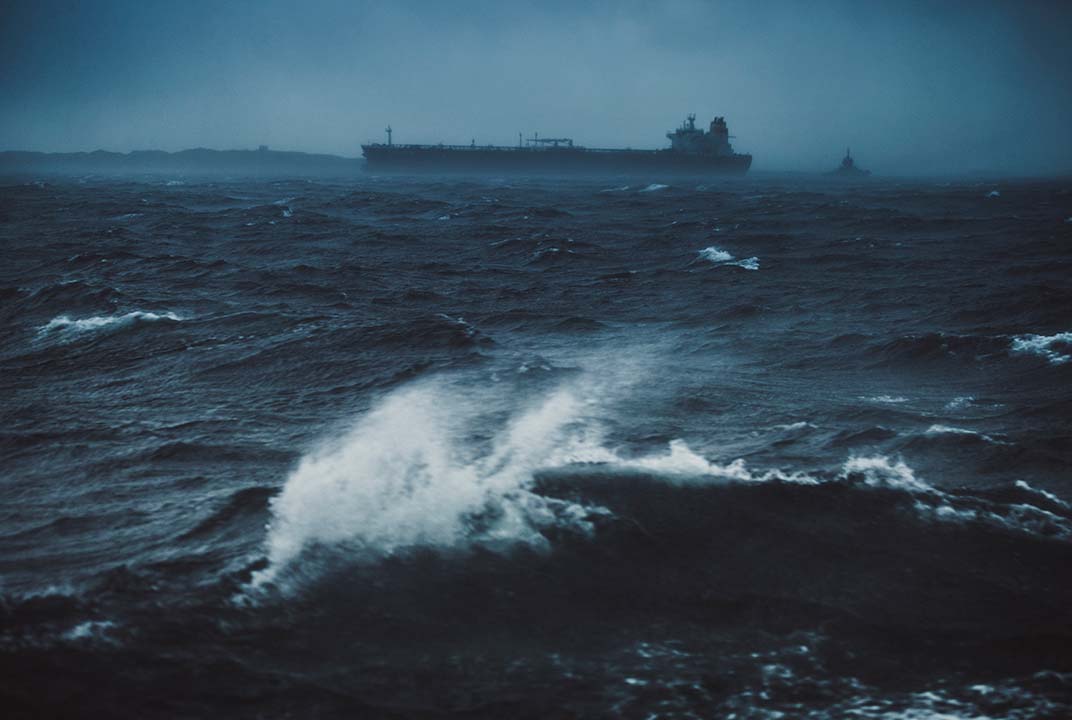Inmarsat powers Sir Robin Knox-Johnston’s new challenge
A pub barometer decorated with the words ‘A lovely day for a Guinness’ and a radio that stopped transmitting after two and half months may not sound like greatest kit with which to circumnavigate the world.
But that was all Sir Robin Knox-Johnston had at his disposal when he became the first man to sail around the globe single-handed 45 years ago this month.
He set his circumnavigation record of 312 days on his 32ft (9.7m) boat Suhaili while competing in the Sunday Times Golden Globe Race on 22 April, 1969.
Game changer
Fast forward to November 2014 and Robin will be using some of the most sophisticated satellite services available for his latest adventure.
He is taking part in the Route de Rhum Translantic Race in his 60ft (18m) yacht Grey Power, sailing from Saint Malo, France, to the Caribbean Island of Guadeloupe as one of around 80 competitors.
Robin said: “Technology has moved on so much. It’s like comparing the era of the biplane with Concorde. Satellite technology has been the greatest game changer.
Feeling safer
“The technology does help you to navigate and frees you up to do other things. When I first started sailing, I had to make five astronomical observations a day, which used to take ages to calculate. Now you get an update every three seconds.
“You can also download weather updates although I still have a barometer and look at the clouds and study the wind direction though, as it gives you a lot of information.
“Sailing was much more of an adventure 45 years ago and has taken away an element of fear because you now feel safer – knowing you can contact someone straight away if something does go wrong.
Facing fear
However, Robin is clear to point out that no amount of technology can ever eliminate all fear from sailing.
“The person who says they never get scared at sea sometime or another is either a liar or inhuman! There is no way to deal with fear except that at that moment you are busy trying to remove or limit the risk.
“A storm is worrying but it’s the waves which build up in a storm that can be most frightening,” said Robin.
Satellite services
The veteran sailor is being provided with Inmarsat service for Route de Rhum Translantic Race by Marine Camera Solutions, while Livewire Connections is providing specially tailored hardware and airtime solutions.
These include a Cobham SATCOM SAILOR 250 FleetBroadband terminal, providing voice and data communications such as email and weather updates, and a 6150 mini-C distress satellite terminal in case of emergencies.
Robin will also be able to send stored video footage, as well as stream live video to his media team, allowing sponsors and fans to follow every moment of the race – something that would have been unthinkable 45 years ago.
Ageist attitudes
Aged 75, Robin is the oldest competitor, so far, to enter the 3,500-mile race which he also completed in 1982.
“I have had comments from interviewers asking me if it’s dangerous at my age! It’s ridiculous that people think you have to stop doing something when you’re over 65. They forget that experience is very important in sailing,” he said.
Sir Robin, who founded the Clipper Round the World Yacht Race, will start training when the current edition of the 40,000 mile race finishes in July.
Racing thrill
“I’m really looking forward to it. Racing is a real thrill and great fun. I don’t mind being on my own – I put up with myself! I’m very self-sufficient.
“I like to think that the nearest humans – apart from the other competitors – are far away in a space station!” said Robin.
And his one luxury he couldn’t live without for the three week race?
“Gentleman’s Relish and a bottle of whisky,” said Robin.

